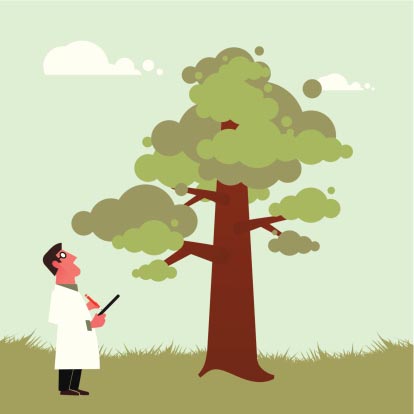Tree Assessment Services:
Nevertheless, it may be prudent to get to know a couple of things concerning tree assessment services for you to harness the most out of the service. Continue reading on to learn more.
What is Tree Assessment Services?
Tree assessment is a process that entails a visual examination of a tree to ascertain that they don’t pose a danger to the property and environment around them. The whole procedure is done by a qualified arborist. The arborist inspects the tree and tests the chances of the entire tree or branches falling.
What are the Advantages of Tree Assessment Services?
The main objective of conducting tree assessment is to test if they present any risk to the surrounding property or immediate person. Once the potential danger has been noted, the next course of action to take is finding mannerisms to lessen the risks. Apart from safety, other advantages of getting tree assessment services include:
• Maintain tree health: Trees generally have diseases in them and can be passed up by somebody who’s not an expert. But with comprehensive tree evaluation, it is simple to note the ensuing risks and take appropriate actions to lessen the effects.
• Maintain tree aesthetics: The recommendations that a qualified tree surgeon suggests will assist in augmenting the overall outlook of the tree, which will in turn have a tremendous effect on the overall outlook of the whole landscape.
What Does Tree Assessment Services Entail?
There are specific elements that a qualified arborist takes into account when inspecting a tree, some of the aspects taken into consideration include:
• Decay
• Insects and diseases
• Problems with the root plate
• Leaning
• Girdling roots
• Cracks
• Non-defects
• Co-dominant leaders
How to perform a Tree Assessment Procedure
When it comes to examining a tree, an arborist takes a lot of factors into consideration. Some of the factors considered include:
• Tree vigor: The arboriculturist tests the tree potency by taking note of the leaf coloring, bark condition, and canopy density.
• Tree history: The history a tree has is calculated by its size, the existence of pests, and the number of prior branches that may have fallen over the years.
• Species profile: Making out the species profile of a tree assists in establishing if it can withstand adverse weather conditions. For example, trees that have shallow roots are unable to withstand strong wind and are susceptible to environments that face such elements.
• Crown density: A tree that has a lean crown density is a sign that it isn’t in good condition. In situations like this, the center branches at the top of the tree seem to have fewer foliage density than the entire tree.
• Probability of failure: When the arboriculturist has concluded their evaluation, they will present a score of the tree, whether it will succeed or fail down the line. In most instances, low scores are an indication that things are not well.
• Consequences of failure: This is the final input that the arboriculturist makes based on the assessment results. If it is determined that the tree adds value to the surrounding ecosystem, the attending arboriculturist may suggest that pruning be done periodically to lessen the potential risk. On the other hand, if the tree is found to be a danger to the environment, the arboriculturist may suggest a tree removal service to be conducted.

